Interview with Christine Kuhn by Katerina Stoykova-Klemer and Vanya Nikolaeva
Christine Kuhn is a visual artist, activist and art instructor based in Lexington, KY. As an artist, Christine is interested in exploring topics which (outside of the realm of examinations of pathological states) are “swept under the rug” of modern western civilization. She investigates violence, cultural and racial prejudice, irrational urges, death, romantic obsessions, religious faith and zealotry, tabloid story lines, sexual deviation and transgression, intuition, primitive and obscure cultural practices, personal ritual, poverty and other taboo subjects.
Her means of investigation is intensely personal and relies on accessing subconscious symbolism. This means is appropriate to her subject matter since it evokes another taboo of western rationalism: magic. Christine’s technique has evolved from forms taught by artist Alex Grey, whose teachings rely heavily upon the (religious) visualization practices of Tibetan (Vajrajanic) Buddhism. (Christine studied with Alex at the Omega Institute in Rhinebeck, NY in 2001.)
The spontaneous symbolism generated by Christine’s working method has led her to revisit Jung’s theory of the collective unconscious . . .
Christine has exhibited her artwork at venues both prestigious and seedy. Exhibits have been held throughout the United States and in Ecuador. Christine is currently working on an Appalachian Music Fellowship program funded by Berea College in Berea, KY.
This project will culminate in a solo painting exhibition with an accompanying soundtrack sampled from the digital archives of traditional music found at the college. The exhibition will open in Oct. 2009 and travel to destinations throughout KY and the southeastern US during 2010.
When did you understand you were an artist and how did that transform your life?
I am from the school of thought which sincerely affirms that ANYONE can be an artist and that creative ability is simply part of the human operating system, a basic human faculty, which all possess. It’s a basic skill which can be nurtured and developed or ignored and allowed to whither. Nurturing leads to blossoming; neglect leads to creative atrophy.
Artistic skills and athletics are remarkably similar in this fashion. Most who practice basketball won’t become Michael Jordan, but any committed individual can learn to play an average game of basketball, which they will play in their own particular style and at their own individual skill level.
Similarly, most artists won’t equal Michaelangelo, however those who are devoted can develop their own unique style of creative expression, a visual vocabulary unique to themselves. For me, this is the supreme goal of the ideal artist: to create a visual world and language which can communicate the universality of human emotion and human situations.
For me, fluency in a unique visual language is the defining skill of the ideal artist. Stubborn devotion to a unique concept of the artistic ideal (as defined by each individual artist) is the precursor to artistic success in the purest sense.
This simple fact makes the public declaration of “artist-hood” a very important part of the process of becoming an “ideal” artist. To publicly declare your intent to become an ideal artist as defined by your own ideals and to publicly define these ideals is akin to a public marriage ceremony–it’s a covenant between the artist and herself, with the public as witness, judge and jury.
I think that it’s an essential part of the journey for many artists, especially those working outside the bounds of academia. Once the commitment has been made, it transforms your life on both subtle and concrete levels. Like the marriage commitment, at it’s simplest level, it’s simply a pact to continue working towards your goal of ideal artist-hood through good times and bad, sickness and health. Any such commitment touches the heart and the psyche in ways ill-predicted by logic.
You have degrees in Biochemistry and International Commerce. How does this diverse background affect your art?
My background in research and especially in chemistry has had a profound influence on the materials I use in my work and on my ease of manipulation of these materials. I am very experimental and process-orieinted while working. Years of mixing things together in the laboratory has made me fearless when it comes to mixed-media technique–I mix with impunity and I test the resultant work for longevity, light-fastness, etc. using a scientific method.
I really don’t think that my studies in Diplomacy have had much effect on my actual artwork, although my travels and the soul-searching that living in a very different culture implies HAVE affected my work. I am very interested in discovering a visual language which is both personal and universal in nature. I think all truly great artists eventually do just that.
What is the role of intuition in your work?
My work is pretty much 100% intuitive, from the materials and methods used right through to the finished imagery. My most recent artwork is process-oriented. It begins with the assembly of items of interest–things which attract me from an aesthetic viewpoint or things which catch my fancy or make me smile.
These items generally fall into a few categories: 1) dried plant materials, such as dried flower petals, bark from trees, leaves, etc. 2) tissue paper (I love the transparency!) and other random scraps of paper like the tags from clothing, identification cards of strangers, old photos, doilies, etc. and 3) sand and dirt from sacred sites around the world. The sand and dirt not only add texture, but I hope they will carry with them some of the healing properties found at the holy sites.
After all the relevant materials have been collected, they are collaged onto a hardwood ground. Handmade walnut ink, gold leaf, oil and acrylic paints and inks are then applied to create an abstract work with a pleasing compositional and color balance. The work is then sat aside in a visible portion of my studio. I look at the work intently, day after day, until an image appears.
Once the image has appeared in my mind, its manifestation in paint and ink is usually a very rapid and intuitive process. I often don’t understand the imagery until later on when the title and the meaning makes itself apparent to my conscious mind.
The resulting imagery is often mythic with archetypal elements. It is also humorous and often ironic. Renaissance-style angels, quirky animals and biracial couples are common themes. It’s an odd world, this home of my subconscious mind.
When I am working with a theme, such as the Murder Ballads series, I immerse myself in the topic, listening to murder ballads, reading tales and sociological studies or murder and trying to imagine the emotional states of both victim and perpetrator.
However, the process of looking for an image and painting whatever materializes remains the same. In general, the resulting imagery is related to the topic, but not illustrative.
Once the imagery has been finalized, I often coat the paintings with a quarter to half inch layer of cast epoxy resin. This gives the final product a shiny glass-like surface under which many complex and natural-looking textures are embedded. Iridescent paints and inks glow from the interior, underneath the epoxy surface, giving the work a jewel-like quality.
The work is encased and durable, sealed in space and time from the harshness of the exterior world. The natural-looking textures contrast beautifully with the obviously man-made surface.
How did you get the idea and the inspiration for the paintings from your latest exhibition, the Murder Ballads?
The idea of making a series of paintings based on traditional murder ballads came from my friend Mitch Barrett (www.mitchbarrett.com). Mitch is a folk singer and songwriter of renown in the folk world and has spent a lot of time studying and performing traditional ballads. At first I was not sold on the idea, but the more I thought about it, the more I realized that murder is a universal human problem and a major theme of human existence.
In essence, the act of murder represents the ultimate in the battle between good and evil and in the war between the sexes. Murder and the situations that lead to it is timeless, unstoppable and recurring regardless of culture. As such, it’s a great topic for a song or a painting exhibit.
For years you have worked with children and adults with developmental disabilities helping them make, exhibit and sell their art. Please tell us about this experience.
What I find most compelling about working with adults with developmental disabilities is the fact that as individuals, they quite naturally express the qualities which I identify as those of an “ideal artist”. As individuals, they have a singular artistic voice and vocabulary which is consistently expressed over time.
Sometimes this vocabulary is highly subjective and eclectic, but isn’t that the same for the best visual artists? The fact that they can so easily express this quality while those of us who are “normal” struggle to achieve it is very fascinating.
You were the recipient of a Group Study Exchange Fellowship to Bangalore, India in 2004. How did the artistic and cultural exchange take place?
In terms of cultural exchange, myself and other members of the exchange group lived with a variety of host families, staying with each family for one week. During this time, we participated in all the normal activities of the family. Participating in the daily life of a family is much more informative than simply visiting a foreign land. Aside from this informal cultural exchange, we also gave presentations about Kentucky to various rotary clubs in and around Bangalore.
In terms of artistic exchange, I attended a workshop on Tanjore painting, having many discussions about the differences in what the Indians and Americans consider “art”. In general, American art focuses on novelty whereas Indian art is steeped in tradition.
What did you find most fascinating about India?
What I found most beautiful about India was the public display of devotion to various Gods and Goddesses. In the U.S., public expressions of religious faith are frowned upon. I was also very inspired by the concern for beauty within the Indian culture.
In the U.S., homes and public buildings are created and constructed with functionality and financial concerns at the forefront. Little thought is given to aesthetics unless the building in question is meant to house an art collection or an arts organization.
This was not the case in India. Even the poorest individuals were concerned with the beautification of their attire and their living quarters. Another fascinating difference was Indian culture’s emphasis on cooperation with, rather than domination of nature.
For example, while touring a multi-story incense factory, I noticed large bee hives attached (by the bees!) to the outside of the building. If this were to happen in the U.S. the hives would be immediately eradicated.
When I inquired about it in Bangalore, the manager simply said that the windows of the building were not designed to open and therefore, the bees caused no harm to the building occupants, so they were allowed to make their home.
Their presence even seemed to be regarded with pleasure and awe, as a sort of natural blessing on the site. This attitude of harmony rather than domination was also apparent in the many temples and houses which were built around a long-standing tree.
What did the Indian artists find most fascinating about Kentucky?
I have no idea what the group who visited KY found interesting about our culture, but I know that those I encountered in India were rather floored by the fact that we have access to however much water we would like, cheaply and year-round.
I think that most of the Indians I know who live in the U.S. are surprised by the autonomy of life here and by the lack of community and family interaction as compared to life in India.
You have visited Austria, Belgium, Burundi, Cameroon, Czechoslovakia, Equatorial Guinea, Egypt, France, Gabon, Germany, Holland, Hungary, India, Italy, Kenya, Malawi, Mexico, Spain, Rwanda, Tanzania, Zaire, Zambia and Zimbabwe. Was there a place which led you to a significant discovery and personal growth?
Living in Gabon, (Central Africa) was a very eye-opening experience for me. As an expatriate, I was free to create whatever sort of personal culture I wished since I was restrained neither by the presence of other Americans nor by the Gabonese, who had few cultural expectations of me.
This sort of freedom can be destructive to some individuals, but for me, it was a revolution. The question I asked myself repeatedly was, “What sort of life am I to live? If I could create anything, what would I create?”
In the end, I found that I am simply a hermetic and bookish individual, so I spent my time drawing, reading and thinking about the cultural differences I experienced daily. I was trying to decide who had the better “system” for dealing with human behaviors, both admirable and problematic.
I came to no conclusions. All cultural systems have their merits and deficiencies. Their mere existence illuminates the inherent dilemmas of human existence.
What would you wish for the readers of Public Republic?
The time and security to develop their own creative language in whatever medium comes most naturally to them!

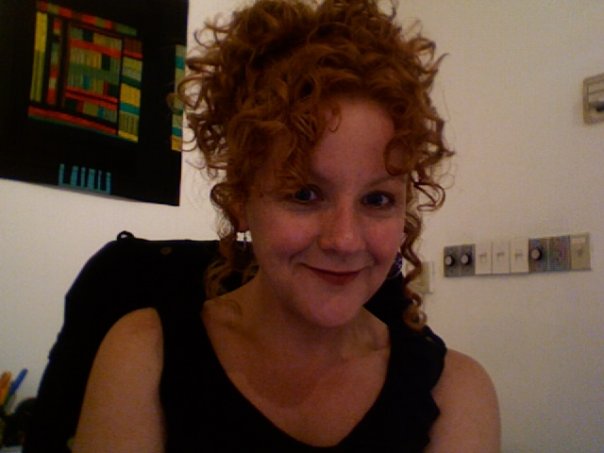
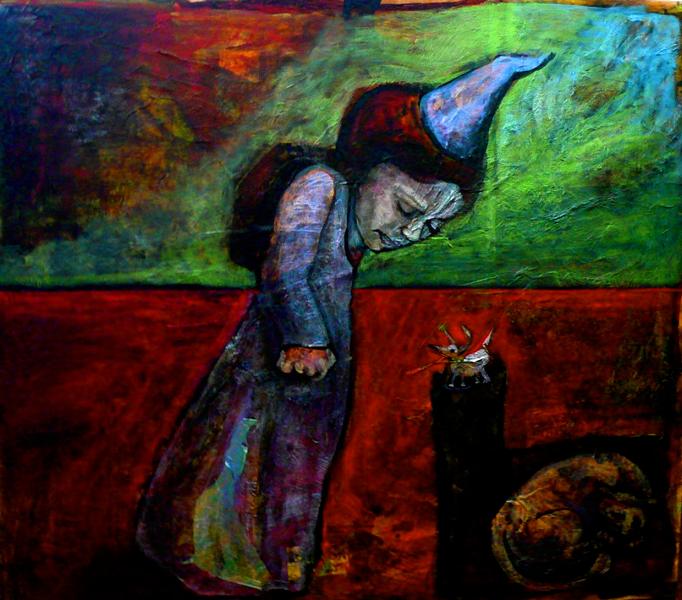


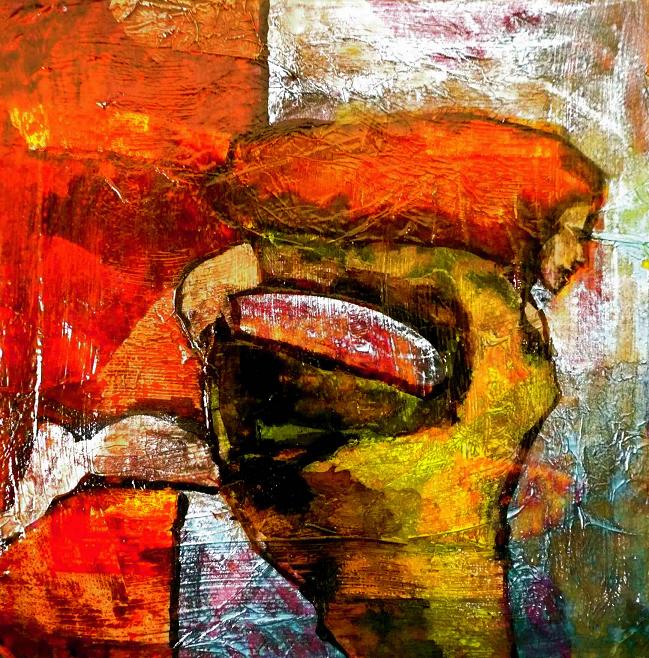

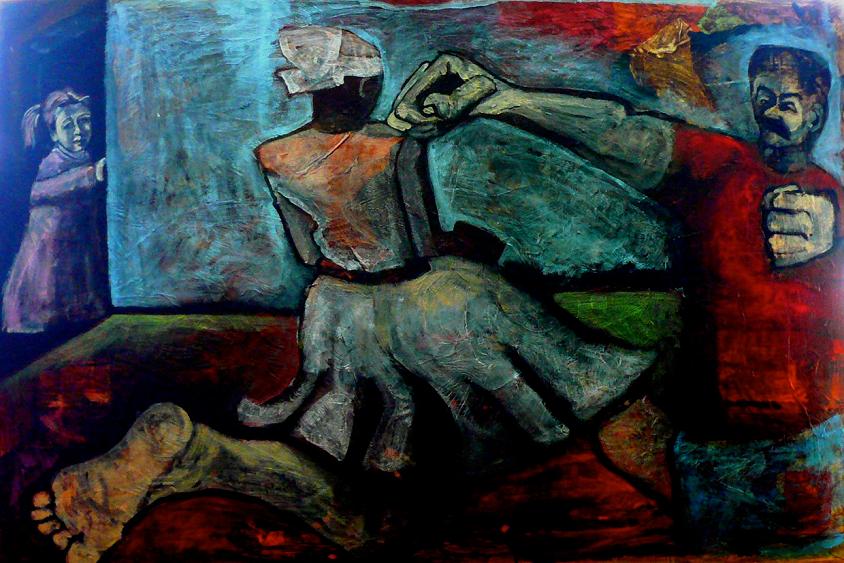

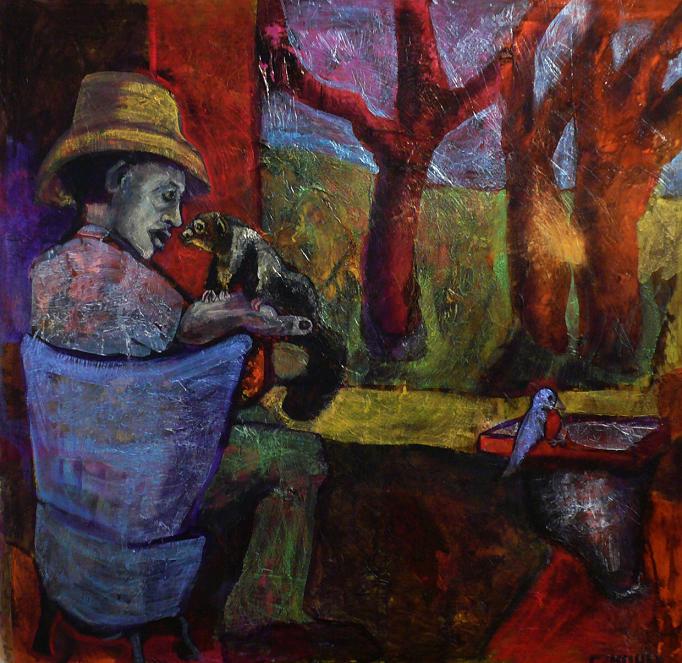
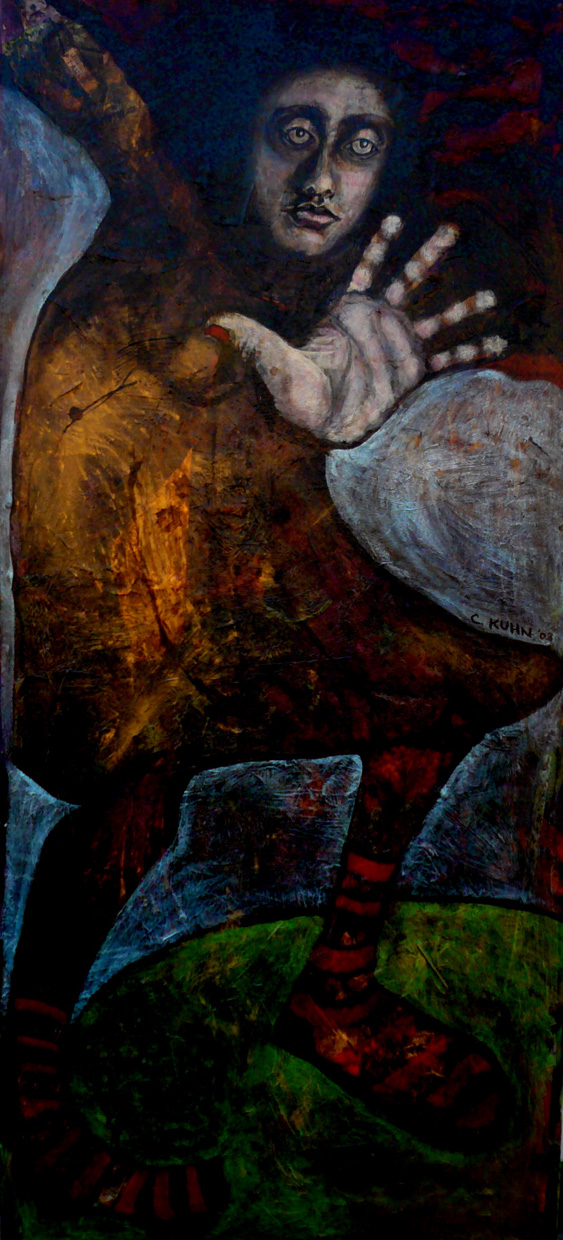











16 comments so far ↓
Nobody has commented yet. Be the first!
Comment